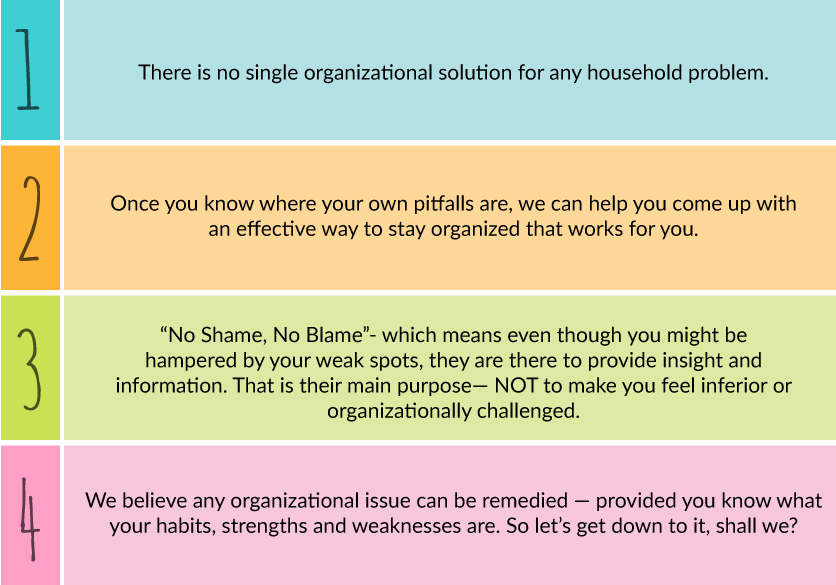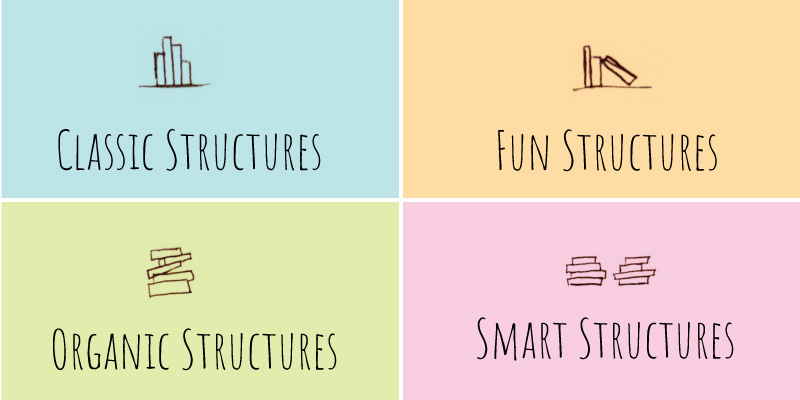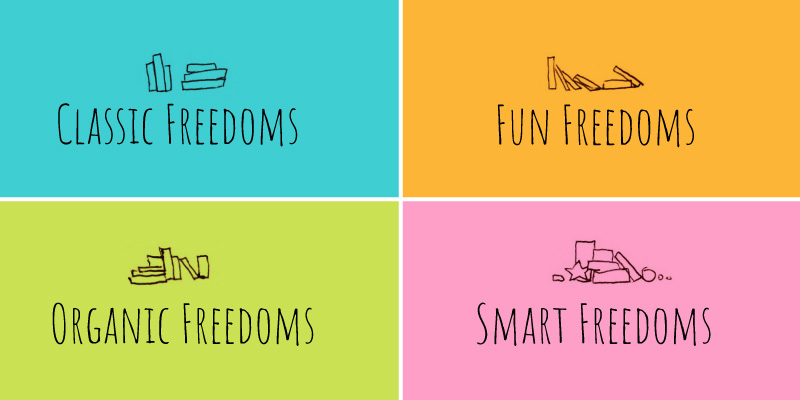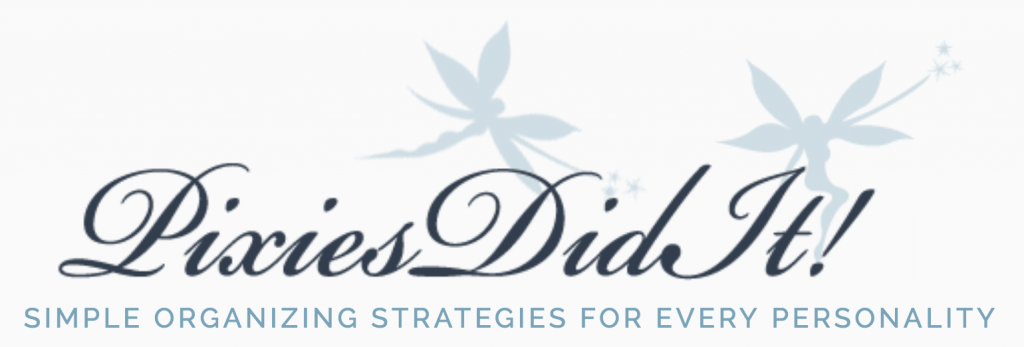The 4 Organizational Subtypes: Structures and Freedoms
One of the things we learn as we get older is that we each have particular strengths and weaknesses which are based on and affected by any number of factors, including upbringing and conditioning, personality type, genetic makeup, etc. In this article, we’ll focus on how your Pixie Type affects where you (sometimes) fall short in the organizational department. Don’t worry: This won’t be fun, but it won’t be painful, either. Most importantly, what you’ll learn will help you develop an organizational system that will work for you.
A few things to note before we begin:
- There is no single organizational solution for any household problem.
- Once you know where your own pitfalls are, we can help you come up with an effective way to stay organized that works for you.
- “No Shame, No Blame”- which means even though you might be hampered by your weak spots, they are there to provide insight and information. That is their main purpose— NOT to make you feel inferior or organizationally challenged.
- We believe any organizational issue can be remedied — provided you know what your habits, strengths and weaknesses are. So let’s get down to it, shall we?

Subtypes: What they are
We know what you’re thinking. More types? More quizzes? But finding your subtype is not only easy— it’s the key to figuring out an organizational system that works for you. Here’s how it works: for each of the 4 Pixie Types, there are two categories (or subtypes) you’ll fall into based on your lifestyle and the way you choose to run your household. Here’s a quick and dirty (Wait —we mean “tidy”—) rundown of each one:
Structures
No matter which of the four types you fall into, if you’re a ‘structure’, you like some semblance of order — whether it be stringent or free-flowing.
Classic Structures– Type A personalities that were born to run things. They generally know where things are and how to get to them. Clutter is not an issue with this type. In fact, it barely exists.
Fun Structures– A little looser than Classic Structures. Decluttering happens when they feel like it, and only in rooms they use a lot, as opposed to CS’s. Let’s just say FS’s declutter… selectively.
Organic Structures– Have visual memories and are visual learners, so pile things where they can see them. OS’s definitely like to be tidy and appreciate being organized… just not to the nth degree.
Smart Structures– Pile things but verrrrrry logically. In fact, nothing about this type is without logic or routine. Their tools are day planners, digital devices, and anything else that helps them focus on what is really important to them: running the world.

Freedoms
Whether you’re a Classic or Smart, if you’re a ‘freedom’ type, you’ve got a wild streak. A creative side. A preoccupation with things other than order, advance planning and predictability.
Classic Freedoms– The main difference between these types and Classic Structures is the motivation behind their decisions. Classic Freedoms base their judgements on subjective thoughts and feelings, rather than logical observations. They are still punctual, organized and efficient people. They just think with their hearts rather than heads at times.
Fun Freedoms– These types are hard to pin down — literally! They can get organized with the best of them, but, like any artiste, only when they feel particularly inspired to do so. They can be logical in their decision-making, but also empathetic. These joie de vivre types can work with filing cabinets and other organizational tools very well— except when they get too busy to maintain the organization.
Organic Freedoms- Think low-maintenance, routine-averse, refusing to feel stifled, random piling. That is your typical Organic Freedom. They procrastinate, mainly because they are overanalyzing how to organize things, which means that the actual organizing never happens. That describes this type in a nutshell.
Smart Freedoms- These folks are big picture people, so you can extrapolate from this that they aren’t exactly, or even remotely, detail-oriented. Their strengths as visionaries often make for beautiful living spaces; however they pile things in random places, and the piles themselves have no rhyme or reason — not even to the Smart Freedom him/herself.

The Takeaway?
The point we are making is this: The difference in Structures and Freedoms is what drives their decision-making process. We say more about this different motivational style in our book, but you get the jist. It’s about the type of thinker they are. How they prefer to make sense of the world around them. And what they do to feel comfortable in their environment. No one type is better than another. Each type has organizational strengths and weaknesses. Our job is to help you figure out the best organizational solution for you, whether you’re a Classic Structure or an Organic Freedom. It can be done— just add a little bit of PixieDust and you’ll be well on your way.
